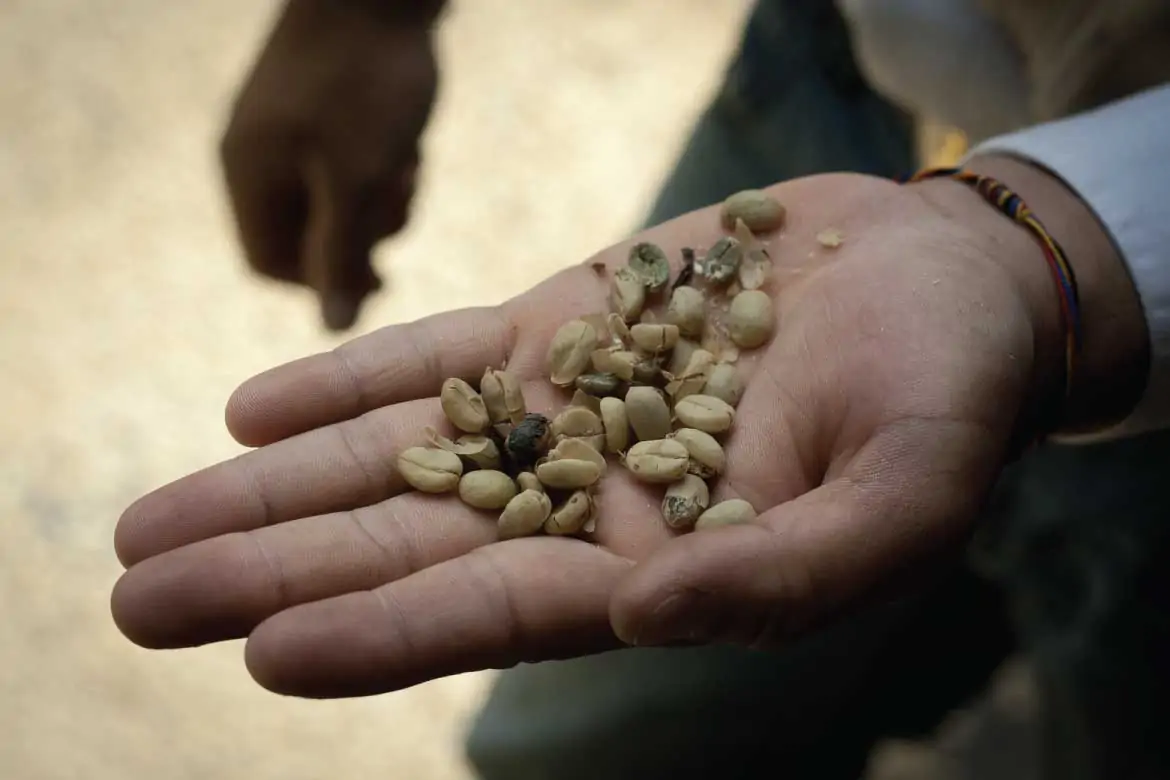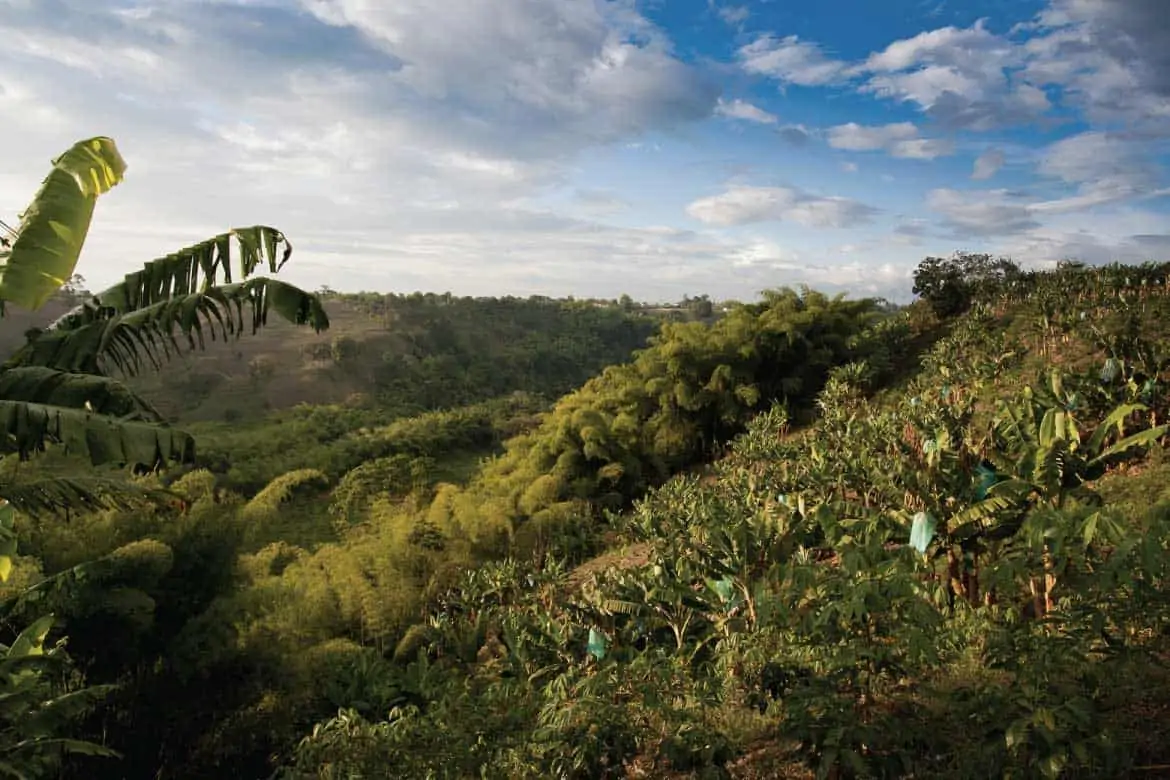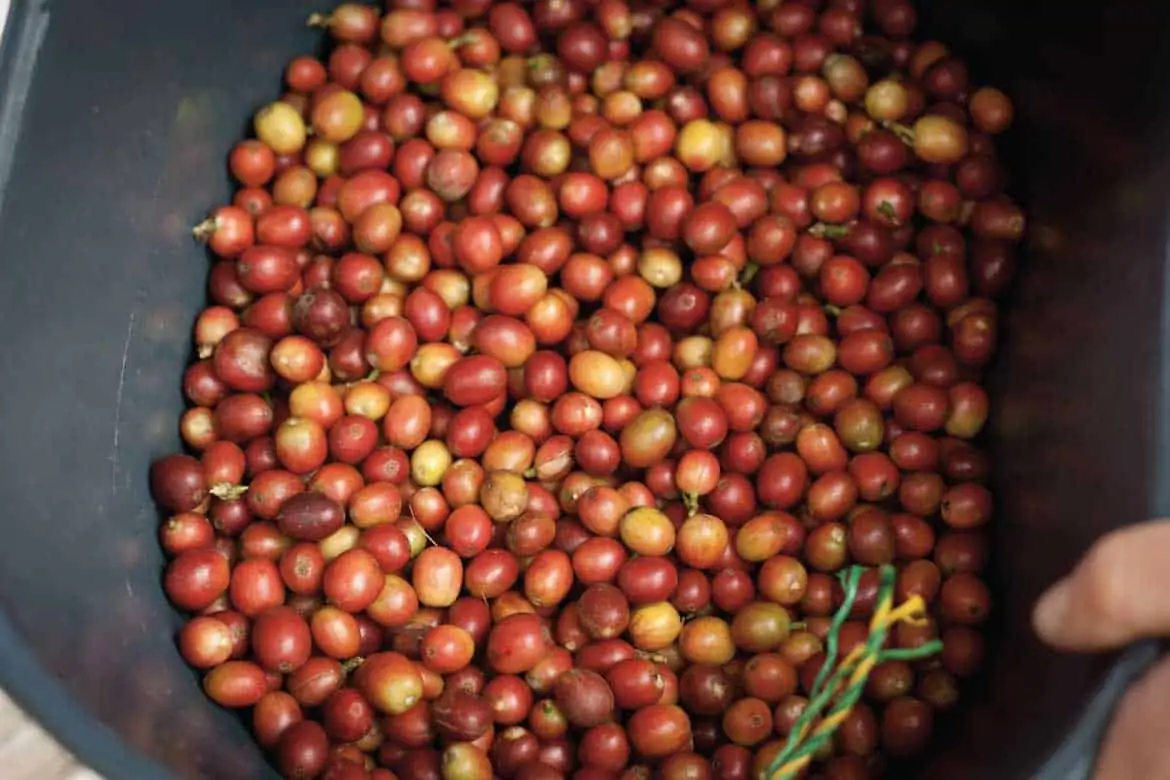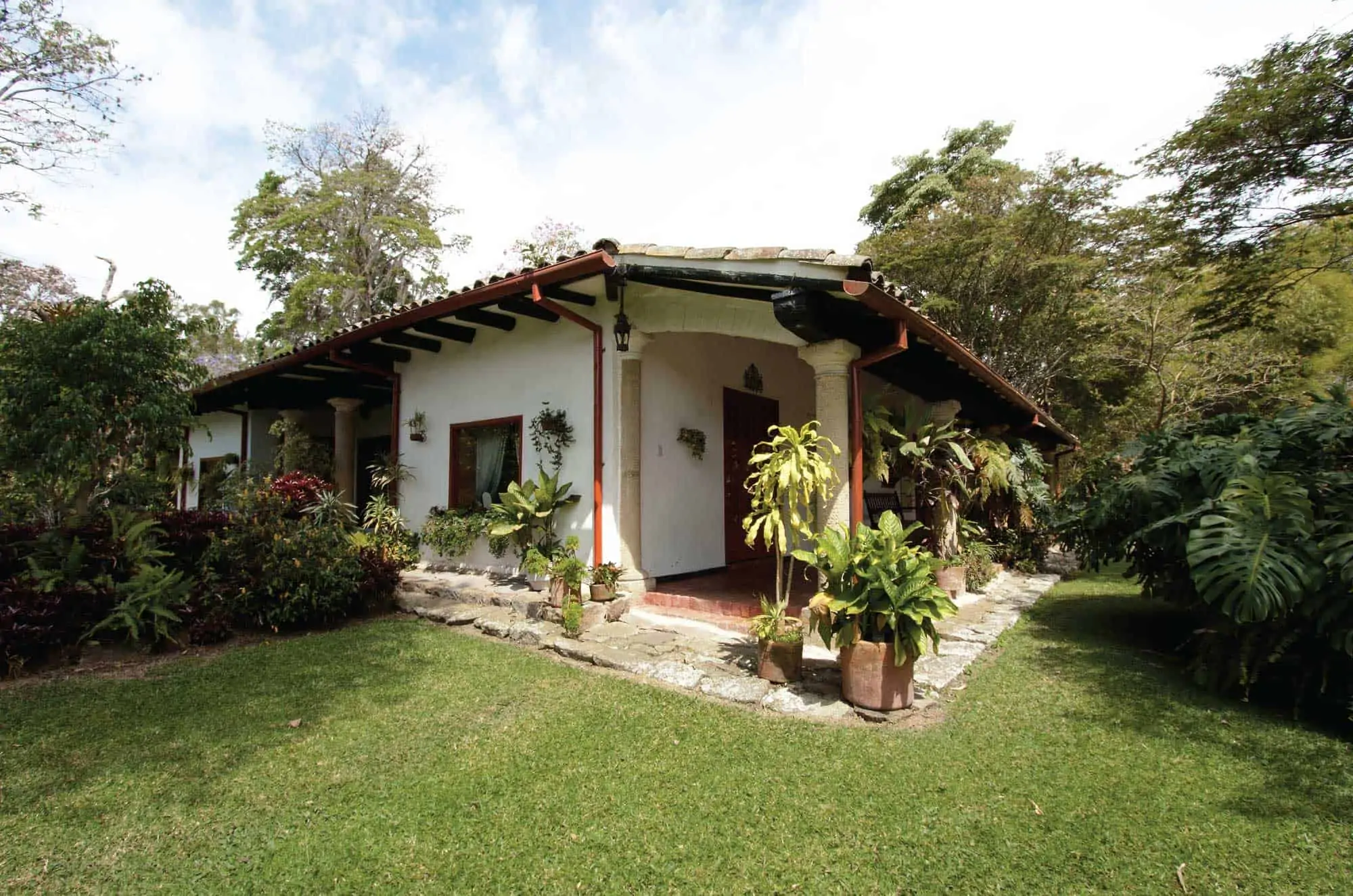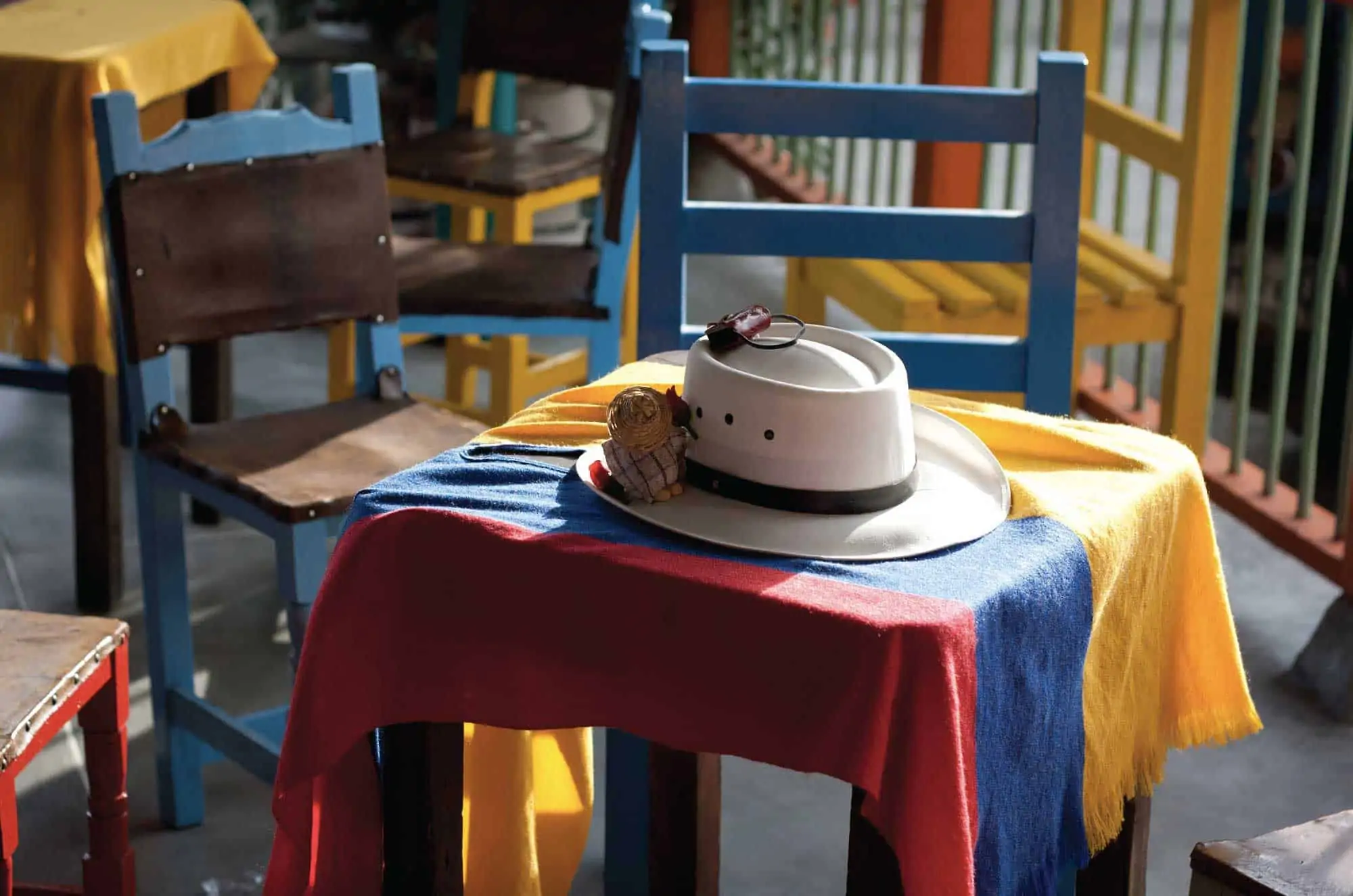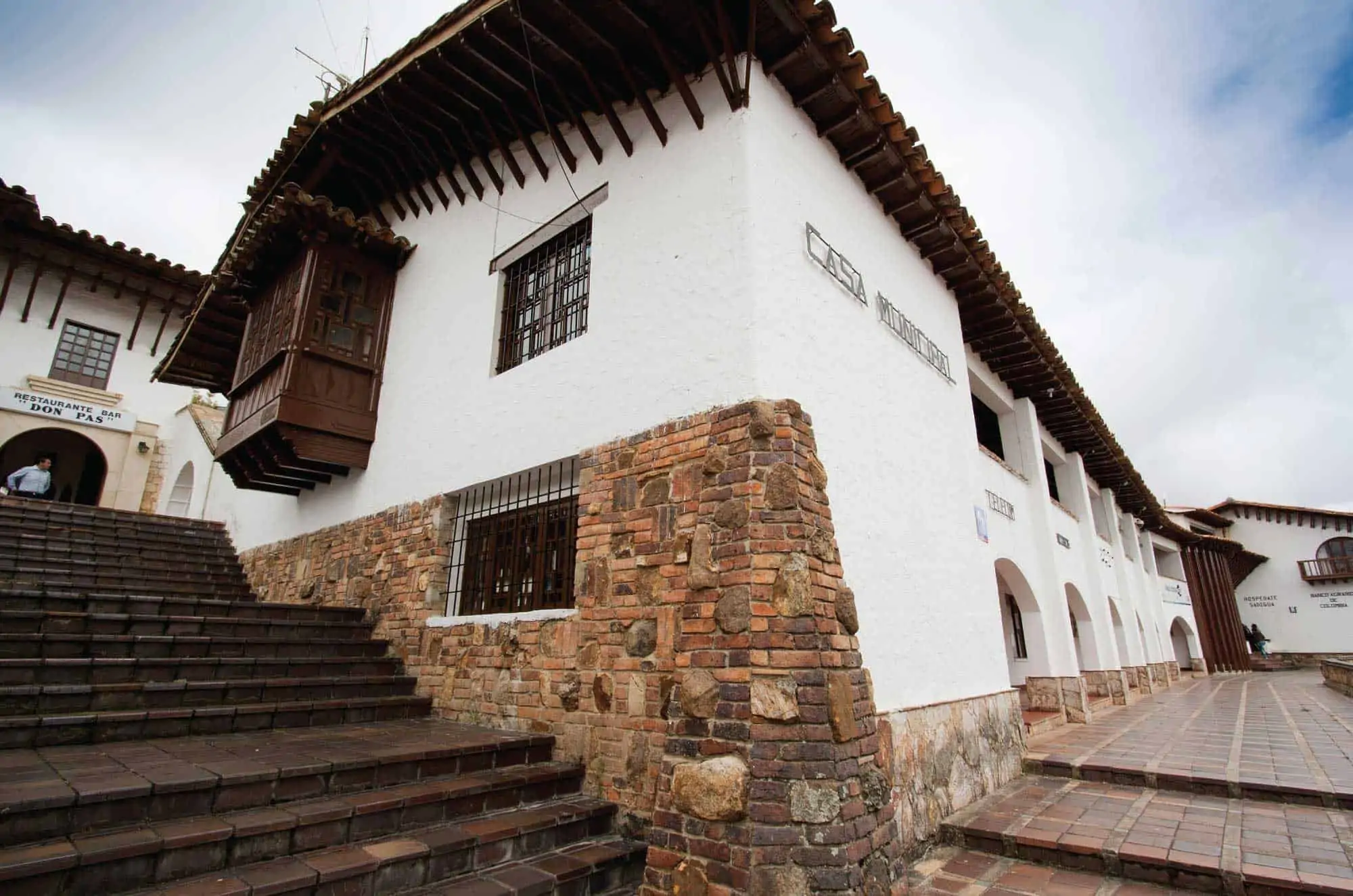Which Colombian department produces the most coffee?
By The Colombian Way
Think of Colombia and you think of coffee. Think of coffee and you think of Colombia’s coffee growing region.
So is it Caldas, Risaralda or Quindío?
Colombia is number 3 in the world when it comes to producing coffee, and number 1 for what is called café suave, a mild, well-balanced and sought after arabica with delicate flavour notes. The main export markets for Colombian coffee are the USA, Canada, Germany, Japan, the Netherlands and Belgium.
The Colombian coffee growing region might have cornered the market for coffee tourism, it might have perfected stays in authentic coffee plantations such as Hacienda Venecia in Caldas. It might have boutique brands that have won the most awards for their coffee. It might be the only area in Colombia whose coffee landscape enjoys UNESCO recognition. It is probably even the region that most passionately embraces coffee culture.
You might be surprised though to discover that the three departments that comprise the coffee zone, Caldas, Risaralda and Quindío, are actually relative lightweights when it comes to doing what they are famous for. They don’t produce that much coffee.
The most prolific coffee producing departments in Colombia
So where is Colombia growing all of its coffee if not in the coffee zone? Here’s the breakdown based on 2020 government figures.
- 1st: The department that produces the most coffee with 18.37% of all coffee grown in Colombia is actually beautiful Huila, a department that outside of coffee cultivation circles might be better known for the 2000 year old sculptures of the San Agustín Archaeological Park, or The Tatacoa Desert. Huila doesn’t sacrifice quality for quantity, it’s coffee is revered for its fruit and caramel notes, sweet acidity, and intense aromas. Huila is also not averse to taking advantage of coffee tourism.
- 2nd: Paisa culture and coffee culture are closely linked, so it ought to come as no surprise that Antioquia is second in the coffee producing league table with 15.81% of the national output. Journey overland from Medellín to Jardín, Andes or Jericó and you will see the extensive coffee plantations that line the hillsides.
- 3rd: Closing in on the coffee zone almost, next in the list is Tolima which produces 13.29% of Colombian coffee.
- 4th: We still have not reached the coffee zone, in fourth place is Cauca, home to the white city of Popayán and the ancient tombs of Tierradentro. Definitely not a slouch then when it comes to growing coffee though. Cauca grows 10.46% of Colombia’s coffee.
- 5th: Finally, the coffee zone makes the list with Caldas growing 7.78% of the nation’s coffee making it the largest producer of the three departments that make up the coffee growing region. Caldas borders Antioquia and Tolima so it’s no surprise that it is the major coffee producing department of the coffee triangle.
- 6th: Growing 5.44% of Colombia’s coffee, it’s the department of Risaralda. Take Vía Marsella from Pereira and you will see some of the most beautiful coffee landscapes in Colombia.
- 7th: Valle del Cauca, the areas around Cali produce 5.33% of the coffee grown in Colombia. Valle del Cauca is also famous for its sugar cane production.
- 8th: Santander is possibly best known for the arid landscapes around San Gil and Barichara, but at a higher elevations they cultivate 5.21% of Colombia’s coffee too. Santander is famed for its full-bodied beans.
- 9th: Noted for its high-acidity coffee, it’s Nariño with 4.32% of all Colombian coffee.
- 10th: Just a short drive from Bogotá down to coffee producing towns such as Fusagasugá, it’s Cundinamarca with 2.77% of total coffee production.
10 seems like a nice round number for a list of coffee producing departments but we cannot stop here. Where’s Quindío? The home of Recuca, Parque del Café, and the award winning coffee of Café San Alberto. Quindío is one of the three departments that form Colombia’s Eje Cafetero, and it’s not even in the top 10. So continuing…
- 11th: For some reason the Colombian government groups together the coffee output of César, Guajira and Bolívar. Together they grow 2.77% of Colombia’s coffee. La Guajira isn’t just a desert, it forms part of Colombias northern coffee growing region.
- 12th: Also forming part of Colombia’s northern coffee growing region, it’s Norte de Santander with 2.77% of Colombia’s coffee grown there.
- 13th: Unlucky for some but not for Quindío, the third department of Colombia’s coffee growing region finally makes the list with just 2.29% of the coffee farmed in Colombia.
- 14th: An honourable mention, Magdalena produces a relatively tiny 1.61% but it’s an important contribution because it includes coffee from The Sierra Nevada de Santa Marta and farms such as the historic La Victoria plantation near Minca.
- 15th: Finally with 0.86% of coffee cultivation, it’s the department of Boyacá.
Colombia’s new coffee triangle
Looking at these surprising figures, it is obvious why the departments of Huila, Cauca and Nariño are becoming known as Colombia’s new coffee triangle. Between them they produce 33% of all coffee grown in Colombia, more than double the coffee output of Caldas, Risaralda and Quindío.
The eastern coffee growing regions
Not even making the list of top coffee producing departments but an indication of how extensive coffee cultivation is in Colombia. The east of Colombia adjacent to the Llanos, has 5500 coffee growers farming 10,500 hectares of land in the departments of Arauca, Casanare, Meta, and Caquetá.
Further reading
-
Coffee Cultural Landscape of Colombia| unesco.org


